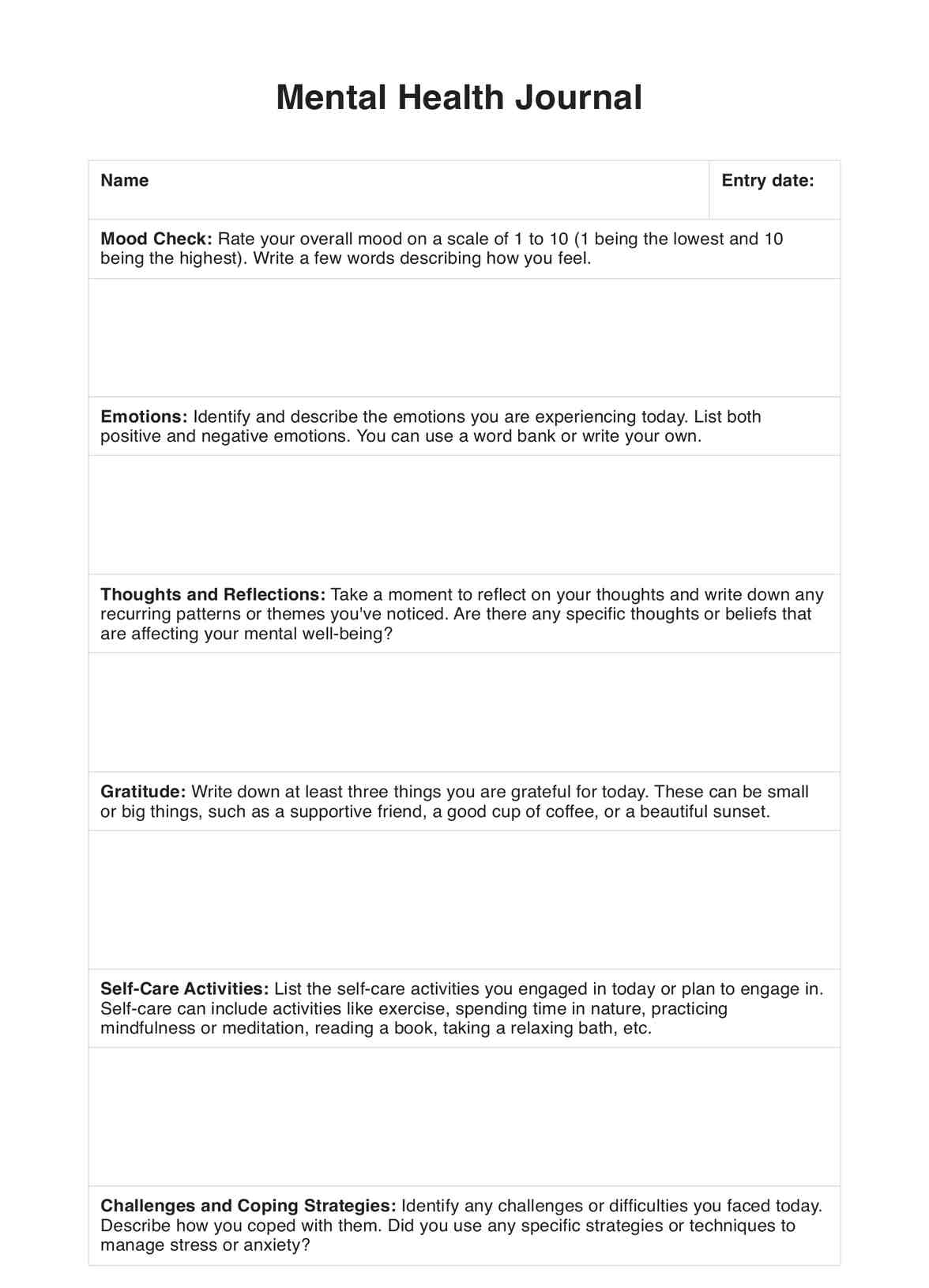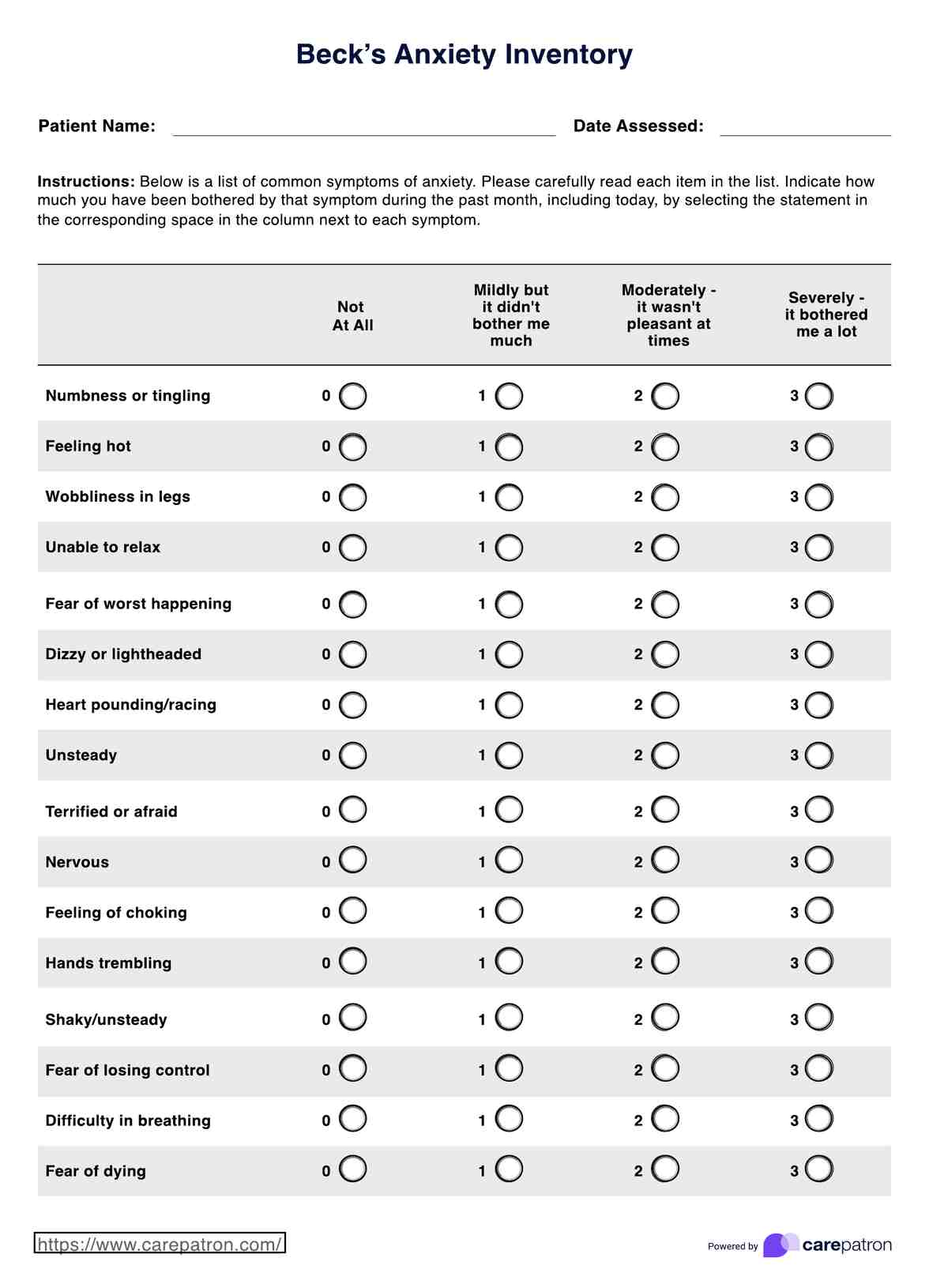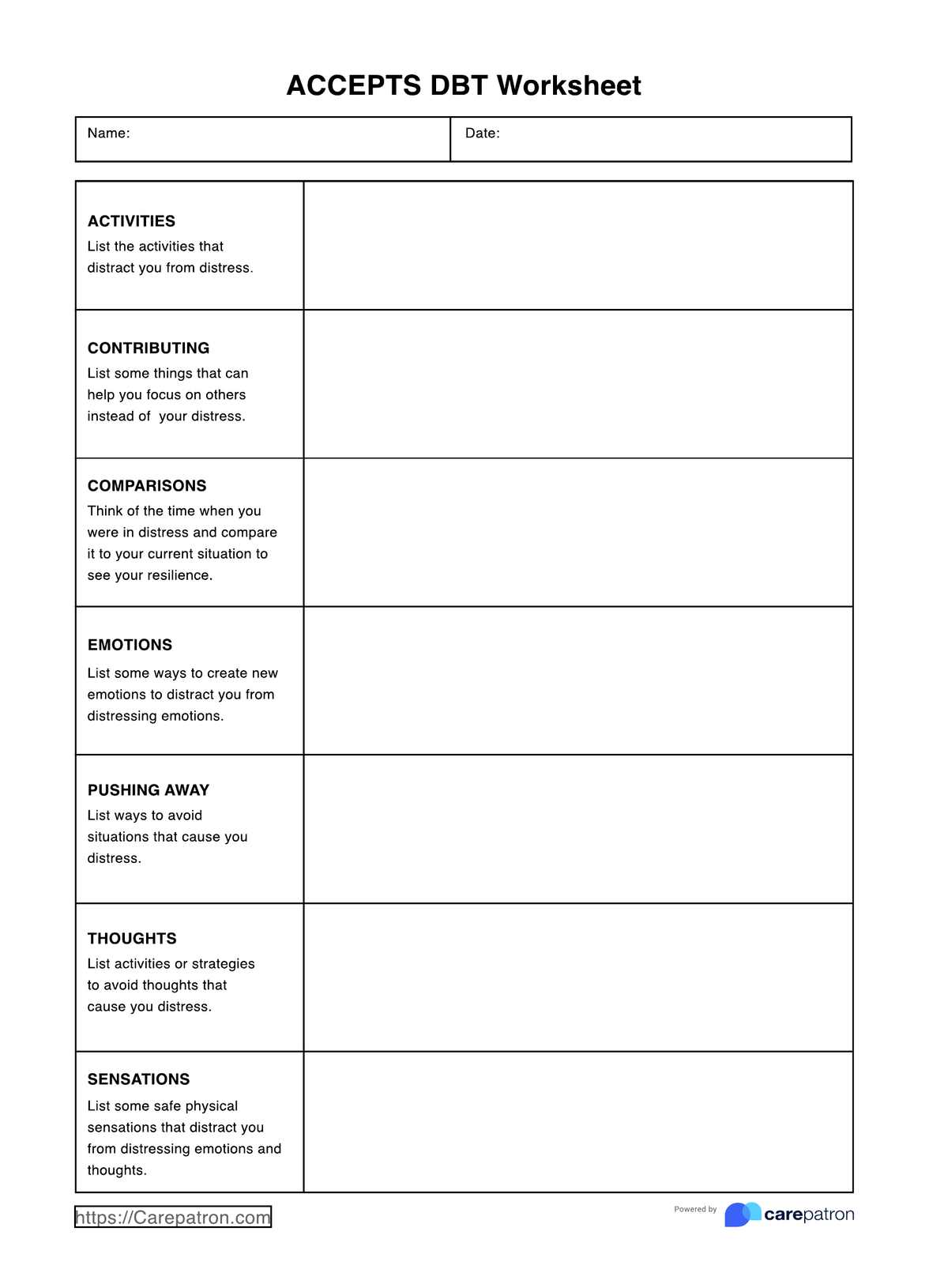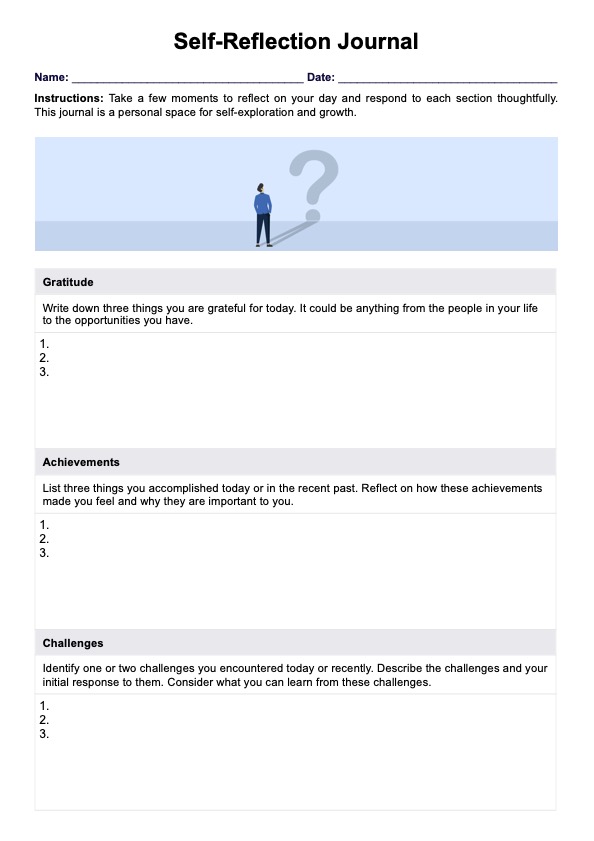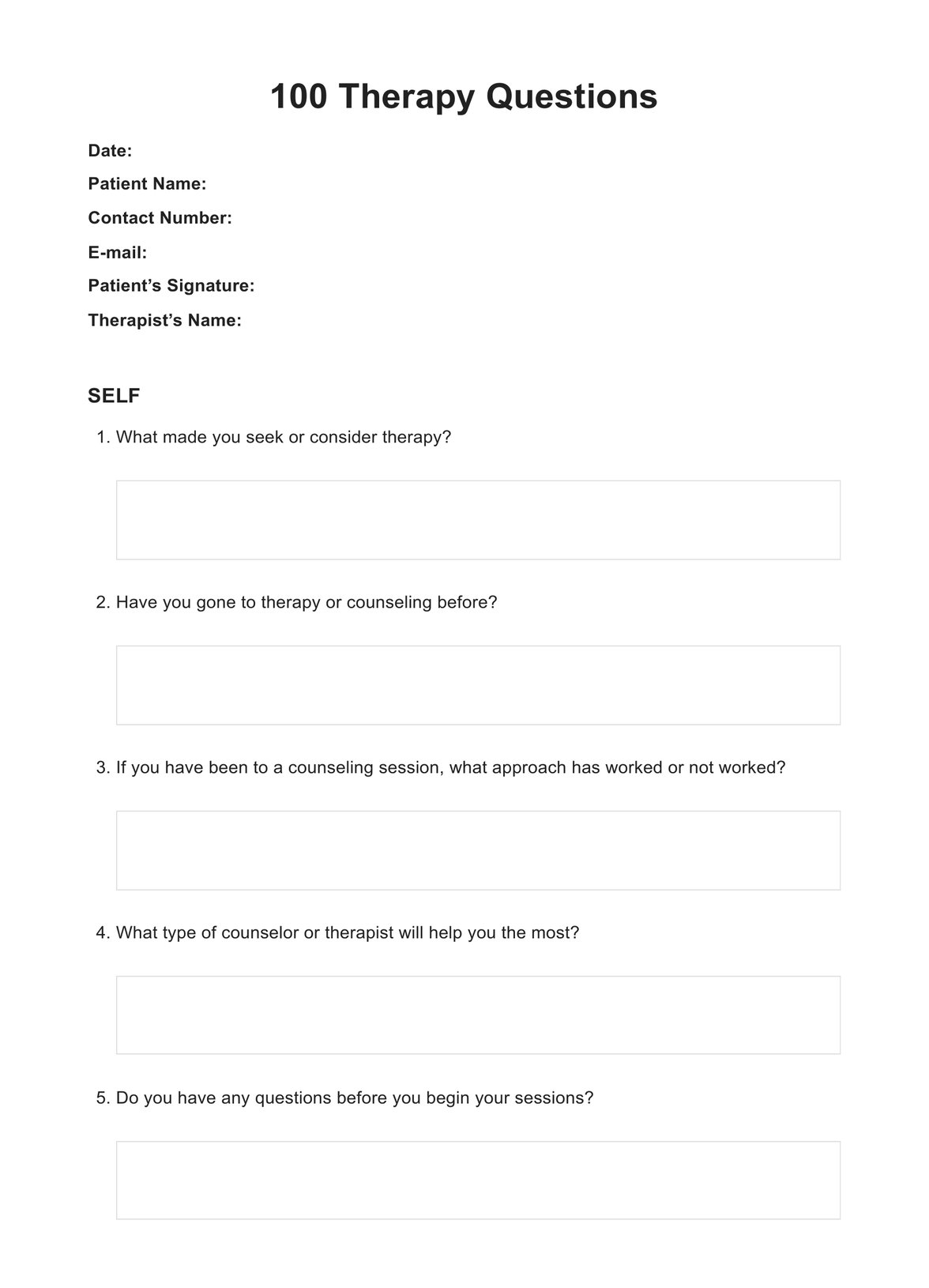Assertive Communication Questionnaire
Learn how your client communicates by issuing the Assertive Communication Questionnaire to see if they are passive, manipulative, aggressive, or assertive.


What is Assertive Communication?
Before we discuss what the Assertive Communication Questionnaire is all about, let’s briefly talk about Assertive Communication.
Assertive Communication is a type of communication that takes into account a person’s feelings, thoughts, boundaries, and needs. Assertive communicators show confidence with no hint of aggression or condescension while also taking into account the same things on the part of the other party or parties involved in the conversation.
This type of communication is healthy and helpful, and learning this skill will help people find a sense of self-esteem and self-worth to prevent them from being undermined or invalidated when conversing with others. It is a way for people to step up and respond to others confidently and honestly but with the amount of empathy that they, too, would like to be shown when being conversed with. This will lead them to more fruitful and positive conversations.
Before a therapist puts their client under assertive communication training, they must first assess the client for communication issues, as well as how they communicate in the first place. One way of doing that is to issue the Assertive Communication Questionnaire, which can give the therapist an idea of what the patient is like in conversations.
Assertive Communication Questionnaire Template
Assertive Communication Questionnaire Example
How the Assertive Communication Questionnaire works
The Assertive Communication Questionnaire is a sixty-item questionnaire that can be conducted in two ways.
The first one would be to conduct it like an interview. If you’re going to conduct it this way, you will simply tell the patient to answer with “Rather True” or “Rather False” after reading aloud each statement on the questionnaire.
The other way of doing it is to issue the questionnaire to your client and have them answer it on the spot. They simply need to tick either one of the answers for each statement.
The upside to the first one is that you will have the opportunity to have them explain themselves and expound on their answers. You might cover more ground quickly by doing that. Either way works, though, so it’s up to what you believe suits your style the most.
Some of the questionnaire’s items include:
- I often say “yes”, when I really want to say “no”
- I’m sometimes accused of contradicting myself
- I’m not afraid to criticize and tell people what I think
- It is hard for me to listen to others
- I communicate with others based on trust rather than domination or calculation
- I’m talkative and I tend to interrupt others without noticing it in time
- I’m not afraid to express what I’m feeling
If they answer “Rather True,” that will count as 1 point. “Rather False” is 0.
You will tally the scores based on the following communication styles:
- Passive (flight) = Items 1, 7, 15-17, 25-26, 35-37, 50-52, and 59-60
- Aggressive (attack) = Items 4, 6, 10-11, 20-21, 28-30, 39-40, 48-49, and 55-56
- Manipulation = Items 3, 5, 9, 12-13, 19, 22, 31-32, 41-42, 46-47, 54, and 57
- Assertive = 2, 8, 14, 18, 23-24, 27, 33-34, 38, 43-45, 53, and 58
There are no directives for the results, but you, the therapist, would like to focus on making them more assertive. If they score high on Passive, Aggressive, and Manipulation, you might want to look into helping them unlearn these, so they become healthier when it comes to communicating with others.
When is it best to use the Assertive Communication Questionnaire?
Before using the Assertive Communication Questionnaire, you must first determine if your client has a communication problem and if it has impacted their mental health. Once you have surmised that this is a problem for them, then let them know that you will issue the Assertive Communication Questionnaire. Explain what this questionnaire is and why you are issuing it. Ask them if they are ready to answer the questionnaire, then either conduct it like an interview or hand them a copy of the sheet to answer independently.
Once they finish answering the questionnaire, tally the scores and see how much they scored for each communication type. Once you have the results, explain the scoring to your client.
If they scored low for Assertive, then ideally, you want them to score higher next time. If they score high for the other three, well, that might be a problem. If they score high for Passive, then they are likely to be susceptible to being undermined or talked over during conversations, and they won’t do anything about it. If they score high for Aggressive, they might be prone to start fights and even burn bridges. If they score high for Manipulative, well, that’s problematic.
Once you have determined their communication styles based on the results, you must tailor-fit your assertive communication training to help them become more Assertive and unlearn being Passive, Aggressive, and/or Manipulative.
What are the benefits of using the Assertive Communication Questionnaire?
It can help therapists understand their clients’ communication styles.
The great thing about the Assertive Communication Questionnaire is that it is an easy way for the therapist to get to know the client better regarding how they communicate with others. Are they passive? Are they aggressive or manipulative? Or are they assertive? Their self-ratings for each statement will elucidate what they are like, or at least what they tend to be like in conversations. Based on the results, the therapist will be able to determine what they need to focus on when teaching them assertive communication skills.
It can help clients become self-aware about how they communicate.
Given that clients will be the ones rating themselves based on the statements on the questionnaire, this assessment has the chance to instill a sense of self-awareness in them and make them realize what they are like when communicating with others. There are people who are actually unaware of what they’re like when conversing with others unless it’s pointed out to them, so by discussing the results with them, they might realize where they might be problematic and what they need to focus on. The first step to self-improvement is to first be self-aware.
It can be used to track a client’s progress.
If you have been giving your client exercises throughout your program and they’ve learned how to be more assertive and have unlearned problematic traits related to passive, aggressive, and manipulative communication, then you can issue this to your client again and see how they fare this time. If they get better scores than the first time they’ve answered the questionnaire, then it’s fair to say that what you’ve taught them worked, and they’ve been constantly applying what they’ve learned to the point that their communication has taken a positive turn.
Discover our assertive communication worksheet, communication worksheet, and dialectical behavior therapy template for a range of strategies to manage client concerns efficiently.
Commonly asked questions
It depends on the person answering. The instructions are simple enough that it’s possible to complete within 10 to 15 minutes (including thinking about answers) but don’t be surprised if it takes longer, especially if you conduct it as an interview.
Shape the assertive communication training program of your patient to accommodate their current strengths and weaknesses based on the results. If they are aggressive and/or manipulative, then you must create a program that will help them unlearn those communication styles.
Yes. But please don’t consider this as a substitute for therapy. If you have problems with communication and it is severely impacting your mental health, we recommend seeing a therapist who can teach you assertive communication.


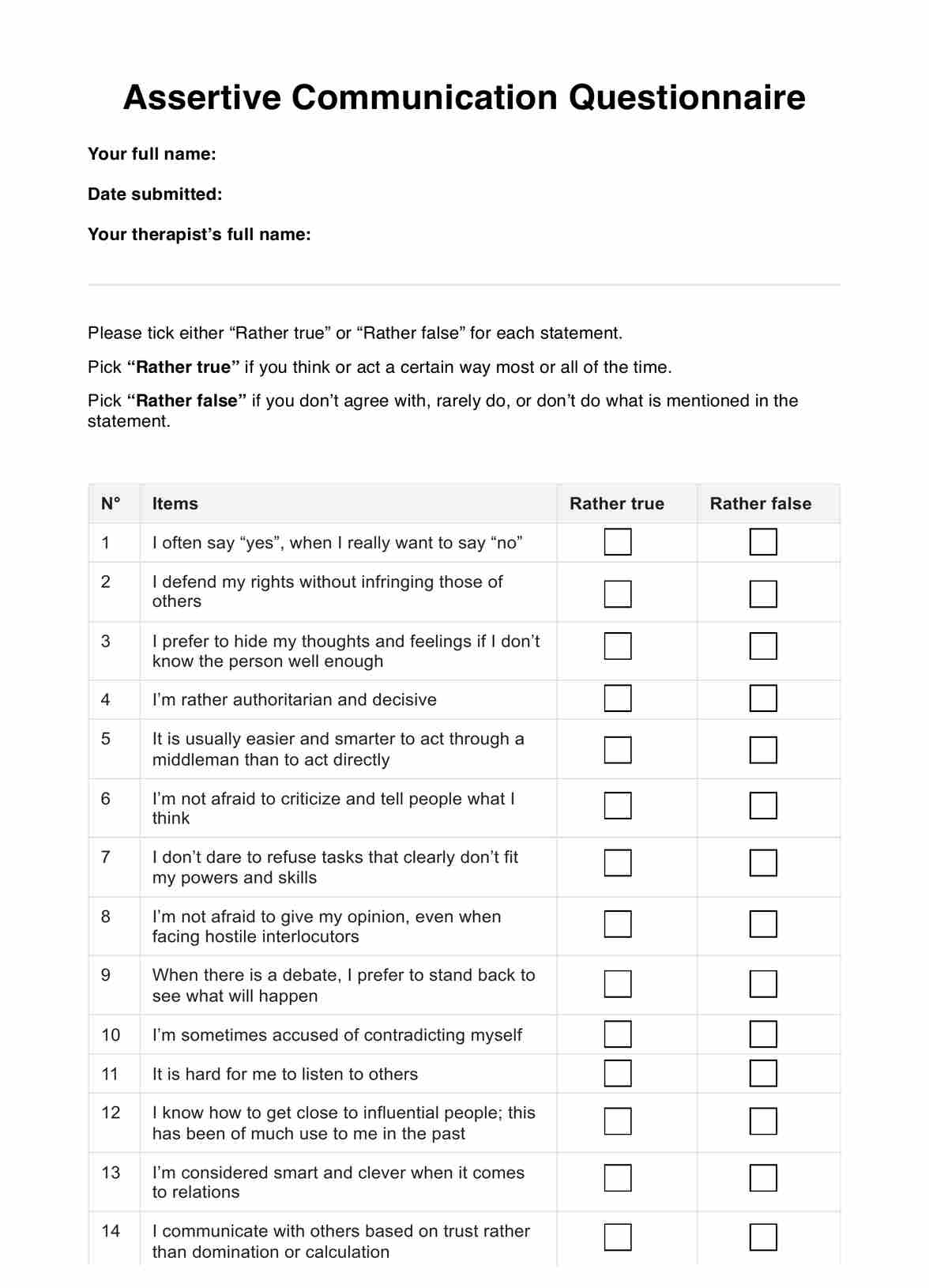
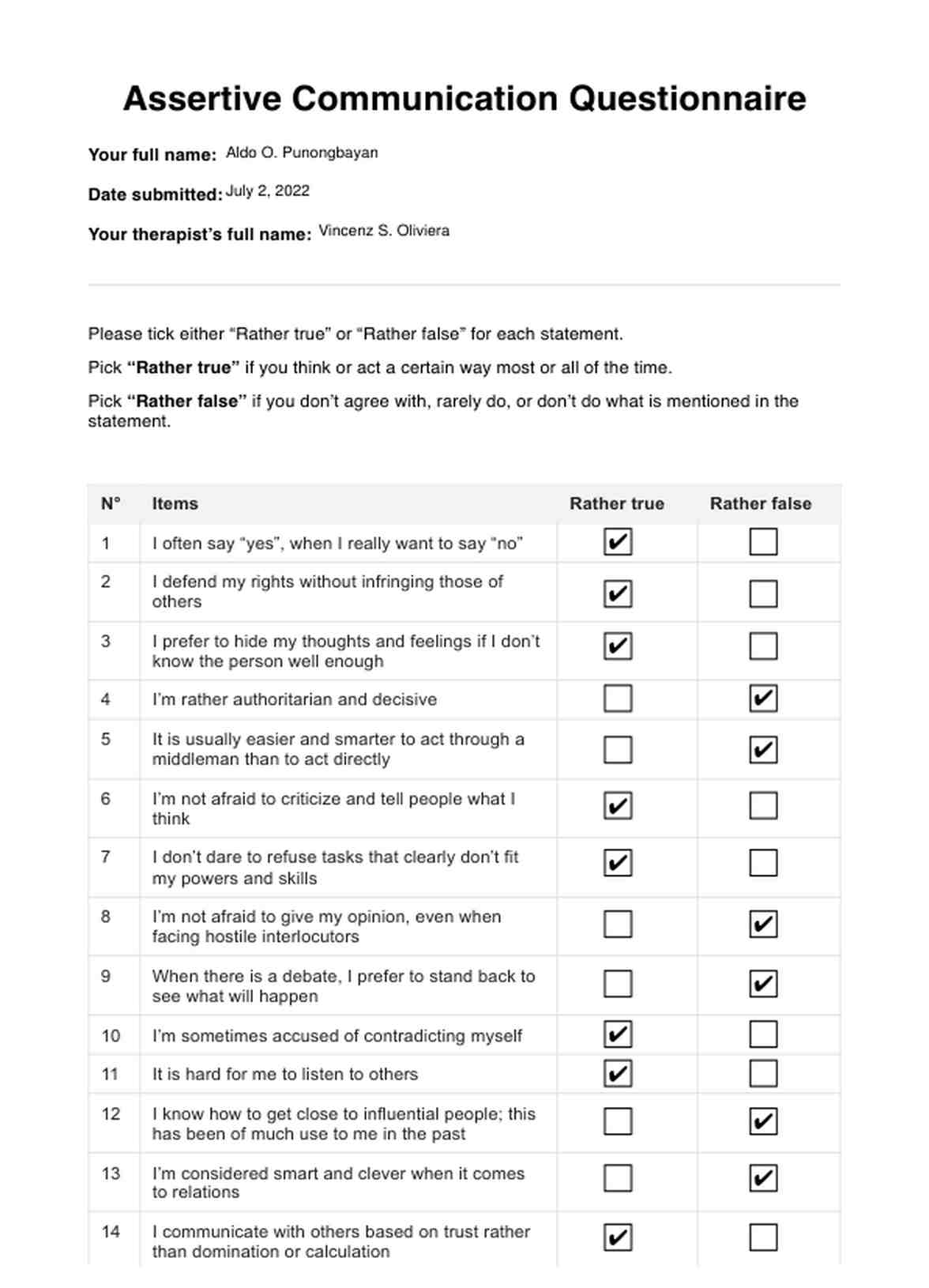

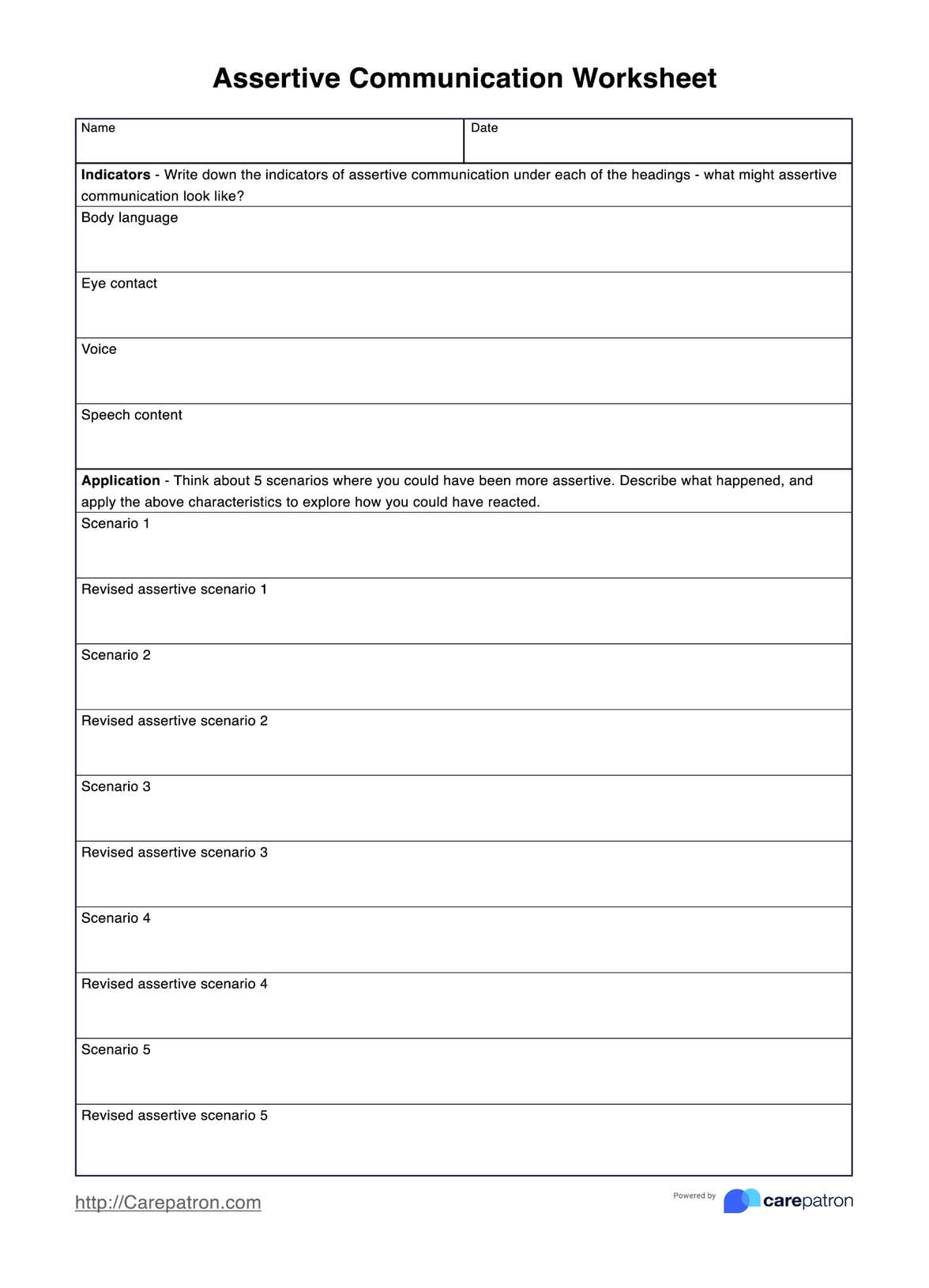
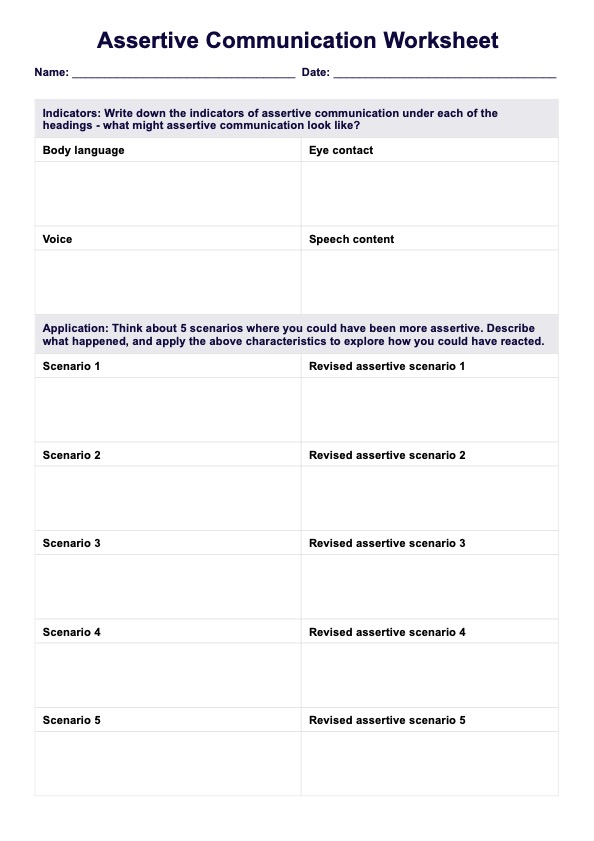














-template.jpg)




























































































